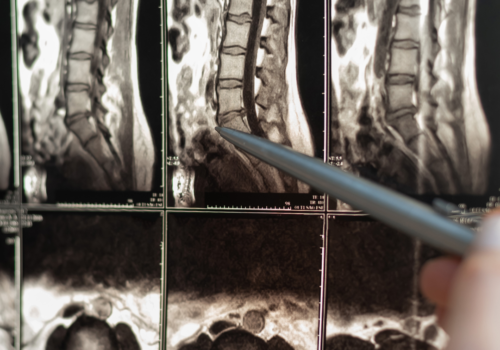What’s a Pap Smear, And How Does It Work?
The Pap smear is one of the most common yet perplexing tests that women and men undergo. A Pap smear is a common health screening that most women will have done at some point in their lives, but few women know the full details about how it works and what it’s for.
As a woman, you may be vaguely aware that your reproductive system is involved in a lot of things that you aren’t aware of. A Pap smear is perhaps the most well-known and easily accessible part of the female reproductive tract. Pap smear. Pap smears, also known as cervical cancer screening, are very common. About 80% of women aged 21 to 65 get regular screenings every three to five years. They are essential for the early detection of cervical cancer. Cervical cancer is the most common malignant cancer of the female reproductive system. About 13,000 women are diagnosed with cervical cancer in the U.S. per year. It is a very treatable disease.
For years, women of childbearing age have been told to get a pap smear. The screening is recommended to women in their 20s and 30s and is also recommended for those who have any risk factors for cervical cancer. It is recommended that you schedule regular screenings to catch cervical cancer early.
How Do Pap Smears Work?
When you get a Pap smear, it usually means you have a sexually transmitted disease, such as genital warts or chlamydia. Pap smears are a good way to check for STDs. Every year millions of women around the world undergo the procedure known as a Pap Smear that is used to detect cervical cancer. A Pap smear is a test that is used to detect abnormal cells on your cervix. While the test is not 100% accurate in detecting all types of cervical abnormalities, it is still very useful in detecting cancerous ones.
The most common symptom of cervical cancer is abnormal cervical bleeding. If you have abnormal bleeding in your vagina, you should see your doctor right away. Sometimes, abnormal cervical bleeding can be a sign of cancer. The first step in getting a Pap is a simple test called a Pap smear. A Pap smear is performed by a gynecologist at a certified Virginia Gynecology center or a similar medical institution. The test involves using a small brush to collect cells from the cervix. The cells are checked under a microscope for abnormalities that can potentially be cancer. A Pap test works because abnormal cervical cells can be dangerous in other ways. For instance, if abnormal cells are present in the cervix, they could become infected and cause a pelvic infection pelvic inflammatory disease.
A Pap smear is a test that checks for problems in your cervix (also known as the womb). A Pap smear is usually scheduled every year at your gynecologist’s office. During a Pap smear, the doctor collects cells from the cervix and sends them to the lab to be tested. If abnormal cells are found, these are removed and treated if necessary. The treatment, called a biopsy, is usually done by a doctor’s assistant or nurse. The biopsy is done after the Pap smear results are received.
As most people know, the Pap test is a way to screen for abnormal cells in the cervix, which can lead to cervical cancer or other diseases of the female reproductive tract. The Pap test is also known as a cervical smear. The procedure involves scraping the cervix using a gloved hand and then examining the material under a microscope.
A Pap smear is a procedure that checks for cervical cancer. A Pap smear is different than a regular Pap test since it involves a sample of cells being taken from the cervix to check for abnormal cells. The sample is sent to a lab to determine if there is an abnormality. You don’t need to have a Pap smear to become pregnant, but women who do not have one before becoming pregnant may have a higher risk of developing cervical cancer. This test is usually done between 40 and 50 years of age, although women who have had sexual partners may have this test earlier.
Pap smears are not just for women. In fact, they’re part of an important routine used by physicians to screen for cervical cancer. The procedure involves removing a small sample of cervical cells for microscopic examination. It’s important to have a pap smear, not only to test for cancer but to look for abnormal cell changes and other signs of health problems.





